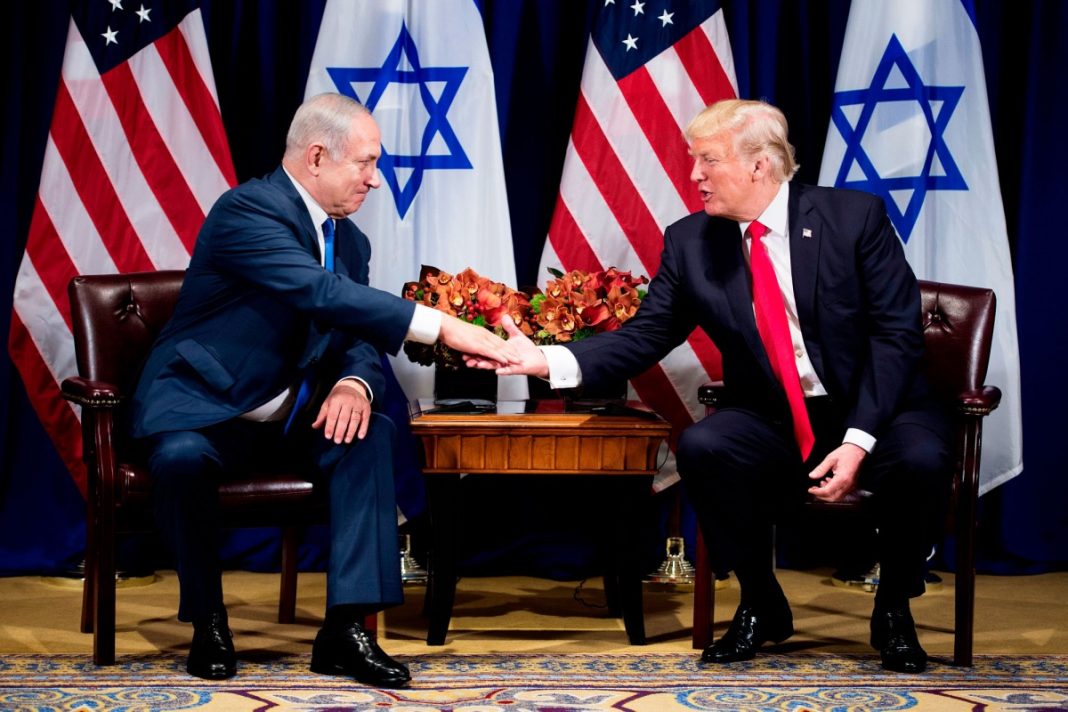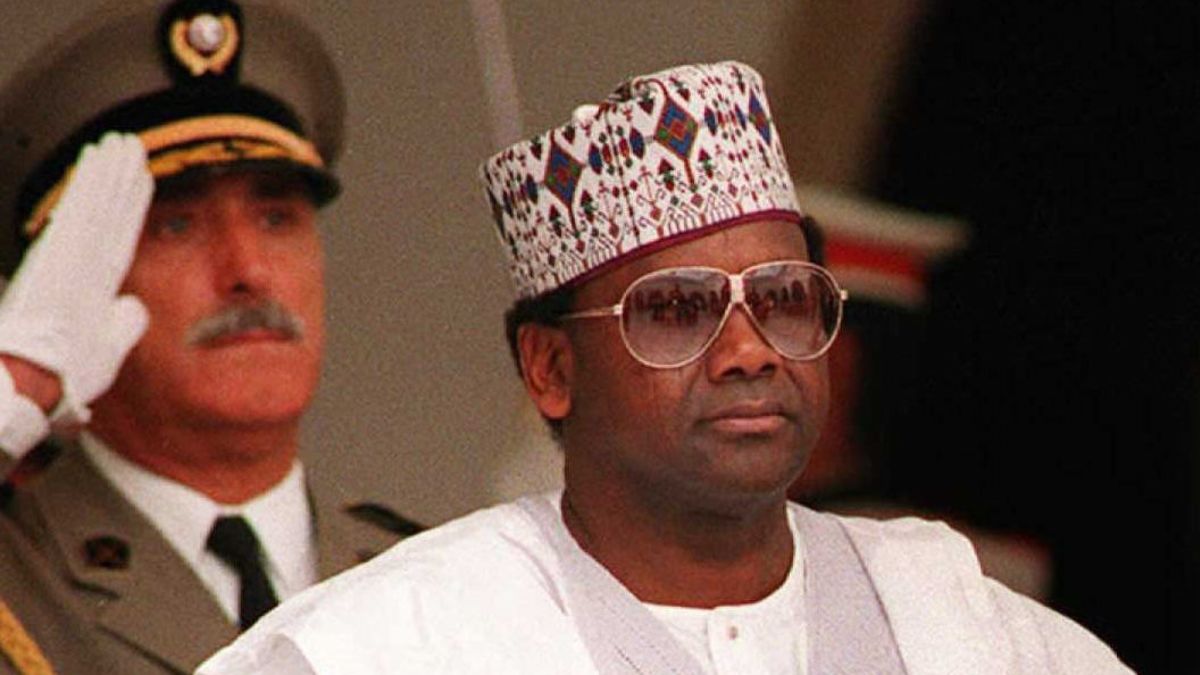WASHINGTON, USA — After 21 months of intense fighting in Gaza, a potential breakthrough in ceasefire negotiations is emerging as Israeli Prime Minister Benjamin Netanyahu meets with U.S. President Donald Trump at the White House.
The talks come amid renewed American diplomatic pressure and growing regional instability, fuelling cautious optimism for a temporary halt to hostilities.
Speaking before departing Tel Aviv, Netanyahu said, “We are working to achieve the deal that has been discussed, under the conditions we have agreed. I believe that the conversation with President Trump can definitely help advance this outcome, which we all hope for.”
President Trump, addressing reporters earlier, said he had been “very firm” with Netanyahu regarding the end of the conflict and expressed confidence that “we’ll have a deal” this week.
Negotiators from Israel and Hamas resumed indirect talks on Sunday evening in Doha, Qatar, focusing on a U.S.-sponsored proposal that would establish a 60-day ceasefire and a phased hostage release.
However, significant gaps remain over core demands, notably Hamas’s insistence on a permanent ceasefire and Israel’s refusal to formally end the war.
A new draft proposal, reportedly backed by Washington, outlines a five-phase exchange of 28 hostages — 10 alive and 18 deceased — alongside a staged withdrawal of Israeli forces and a large-scale delivery of humanitarian aid into Gaza.
In return, hundreds of Palestinian detainees would be released from Israeli custody, some held without trial under “administrative detention.”
Despite these developments, Hamas has voiced reservations.
A Palestinian official said the group is demanding a halt to operations by the controversial Israeli and U.S.-backed Gaza Humanitarian Foundation (GHF), calling instead for a full return to United Nations-led relief efforts.
Hamas is also said to be negotiating over the timing of Israeli troop withdrawals and operational control of the Rafah crossing between Gaza and Egypt.
In response, Netanyahu’s office said on Saturday that the requested changes were “not acceptable.”
Inside Gaza, the humanitarian situation has deteriorated sharply. With no fuel entering the enclave for over four months, the UN has warned that vital infrastructure — including hospitals, water stations, and telecommunications — is on the brink of collapse.
Medical officials in Gaza report rising cases of acute malnutrition among children.
“We got so tired of displacement, we got tired of thirst and hunger, from living in tents. When it comes to life’s necessities, we have zero,” said Nabil Abu Dayah, a displaced resident from Beit Lahia now in Gaza City.
Israel’s military response, launched after Hamas-led attacks on 7 October 2023 killed approximately 1,200 Israelis and led to the abduction of 251 people, has resulted in more than 57,000 deaths in Gaza, according to the Hamas-run health ministry — figures also cited by the UN and aid agencies.
Public pressure within Israel continues to grow, particularly from families of hostages still held in Gaza.
Over the weekend, mass rallies were held across the country calling on the government to finalise a deal.
“How does one survive under such conditions? I’m waiting for Evyatar to return and tell me himself,” said Ilay David, whose brother remains captive.
Addressing a crowd in Jerusalem, he added, “This is the time to save lives. This is the time to rescue the bodies from the threat of disappearance.”
Polls indicate that two-thirds of Israelis support a ceasefire to bring home hostages.
Despite this, internal divisions persist within Netanyahu’s right-wing coalition, many of whom oppose any arrangement that does not guarantee Israeli control over Gaza.
The Israeli military’s chief of staff, Lt Gen Eyal Zamir, recently stated that war objectives were nearing completion.
He warned that the government must now choose between a deal to return hostages or preparing for a full reoccupation of Gaza.
This marks Netanyahu’s third visit to Washington since Trump returned to office six months ago — but the first since the U.S. joined Israeli strikes on Iranian nuclear sites and brokered a separate truce between Israel and Iran.
Analysts suggest Netanyahu’s improved domestic standing following the Iran offensive may give him more room to manoeuvre around internal political pressure.
Hamas, weakened by the disruption of Iranian support, may also be more inclined to compromise.
For Trump, brokering a Gaza ceasefire would mark a significant diplomatic win.
His administration is eager to shift focus to broader regional priorities, including renewed normalisation talks between Israel and Saudi Arabia, border negotiations with Syria, and potential re-engagement with Iran over a new nuclear deal.
Still, some in Gaza worry that the optimism may be political theatre tied to Netanyahu’s White House visit.
“I don’t wish for a truce but a complete stop to all war,” said Abu Dayah.
“Frankly, I’m afraid that after 60 days the war would restart again.”







